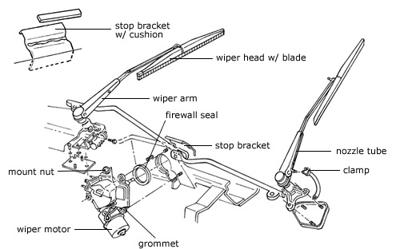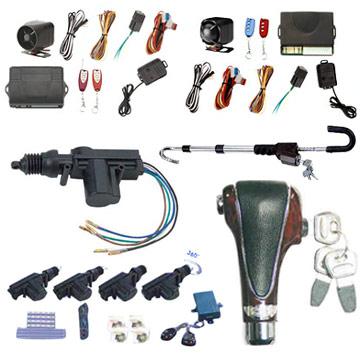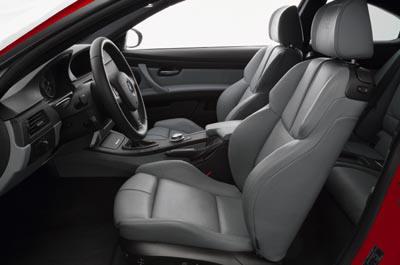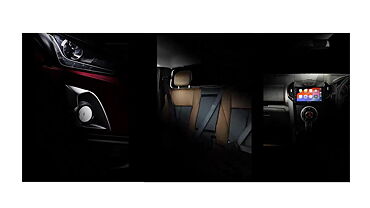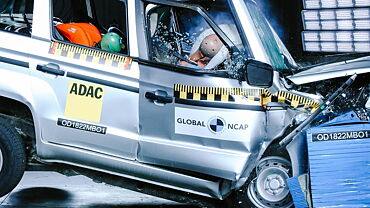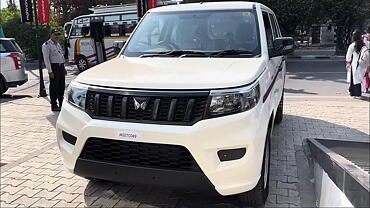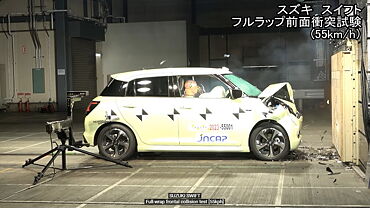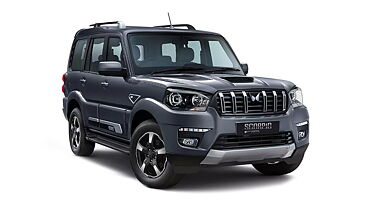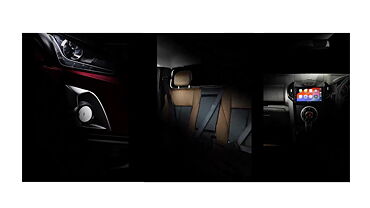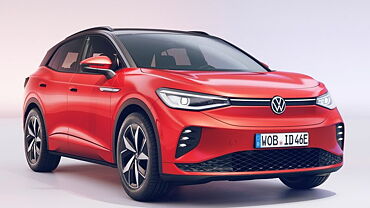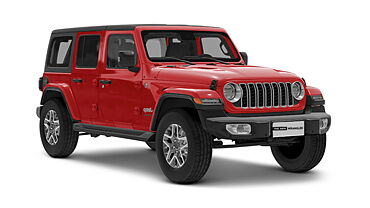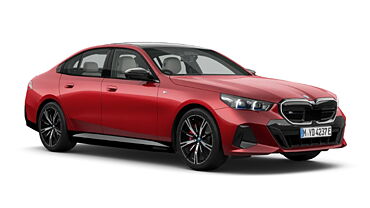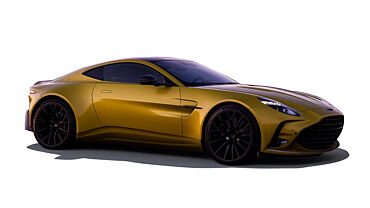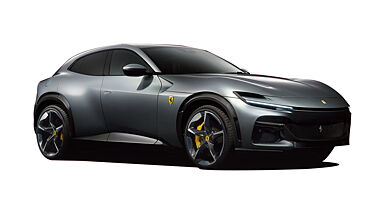In last week's article, we had dealt with basic electronic components in cars. Today, we continue the series, looking at other car functions, like the Windshield wiper/washer system, power door lock, power windows, power seats and windshield defrosters.
Windshield Wiper/Washer System
There are two basic designs of windshield wiper system used on today’s vehicles - a standard two or three speed system or a two-or –three speed system with an intermittent feature. In most cases, the same motor is used for standard and intermittent system.
Many wiper systems offer an intermittent mode that provides a variable interval between wiper sweeps, usually controlled through a module mounted on or near the steering column. If the intermittent wiper mode is selected when wipers are in parked position, current is sent to an electronic switch to close the circuit for governor relay which closes the circuit to the low speed brush. The wiper will operate until the switch swings back to park position. The delay between wiper sweeps is determined by amount of resistance the driver puts into potentiometer control. By rotating the intermittent control the resistance value changes.
Windshield Washers
Windshield washers spray a fluid onto the windshield and work in conjunction with the wiper blades to clean the windshield of dirt. Most systems have a washer pump installed in the fluid reservoir.
Washer systems are activated by holding the washer switch. If the wiper/washer system also has an intermittent control module, a signal is sent to the module when the washer switch is activated. An override circuit in the module operates the wiper at the wiper at low speed for programmed length of time. The wiper will either return to the parked position or will operate in intermittent mode depending upon the design of the system.
Some vehicles have washers that help keep the integral headlight/fog light clean for maximum visibility. Headlight washer systems may operate from their own switch and pump or work from conventional windshield wiper system.
Some vehicles are equipped with a low fluid indicator. The washer fluid level switch closes when the fluid level in reservoir drops below one quarter full. Closing the switch allows power from fuse panel to be applied to indicator.
Lift gate wiper/ washer system
This system has an on/off switch to control power to the single speed wiper motor. The parking function is completed within the lift gate wiper motor and switch.
Power door-lock systems
Although systems for automatically locking doors vary from one vehicle to other, the overall purpose is the same i.e. to lock all outside doors. There are several variations of door arrangements used that require slight differences in components from one system to another. As a safety precaution against being locked in car due to electrical failure, power locks can also be manually operated.
When either the driver’s or passenger’s control switch is activated, power from the fuse panel is applied through the switch to the door lock actuator motor. A rod that is part of actuator moves up or down in latch assembly as required to lock or unlock the door.
Power trunk release
The power trunk release system is a relatively simple electrical circuit that consists of a switch and a solenoid. Power to the switch is present anytime ignition switch is run or necessary. When the trunk release switch is pressed, voltage is applied through the switch to the solenoid. With battery voltage on one side and ground on other, the trunk release solenoid energizes and the trunk latch opens to release the trunk lid.
Power windows
Obviously, the primary function of any power window system is to raise and lower windows. The systems do not vary significantly from one car to another. The major components of a typical system are the master control switch, individual window control switches and the window drive motors. In addition, on four door models, a window safety relay and in line circuit breaker are also included.
The master control switch provides overall system control. Power for the system comes directly from fuse panel on two door model and form an inline circuit breaker on four door models. The window safety relays used on four door models prevent operation of system if ignition switch is not in ON position. Power for the individual window control switches comes through the master control switch.
Power seats
Power seats allow the driver or passenger to adjust his seat to obtain the most comfortable position. The major components of the system are the seat control switch and the motors.
Power seats generally come in two configurations - a four- way and a six-way. In four-way system the whole seat moves up or down, forward or reverse. In six-way system the same movements are included plus the ability to adjust height of the seat front or the seat rear.
Generally, a four-way system is used on split bench seats. In addition, two different drives are used on six-way system. The electric switches control the motors which move the seats in the necessary position.
Power lumbar supports
A power lumbar support is often a feature for the driver’s seat. This system allows driver to inflate or deflate a bladder located in lower seat back. Adjusting this support will increase the driver’s comfort and give support to lower lumbar region of spinal column.
Heated Seats
Some vehicles have an option that warms up seat. This is especially a nice feature in cold climates. The system relies on heating coils in the seat cushion and is controlled by relays and switches. Due to the resistance of the coils, they heat up as electricity is rushed through them.
Memory seats
Another comfort feature built into many vehicles is the memory seat option. This system allows for automatic positioning of driver’s seat to three different programmable positions. This allows up to three different drivers to have their desired seating position automatically adjusted by power seat system. It allows an individual driver to set different positions for different driving situation.
Adaptive Seating
Adaptive seating is a feature that is offered in some luxury cars. This feature relies on basic memory seat positions but moves the adjustments slightly as driver shifts positions in seat. Doing this provides the right position for comfort and support for the driver during a long time.
Massaging seats
To help reduce driver fatigue some luxury cars have massaging features. Five rows of four rollers in the seat back move two inches up and down when driver depresses the control button. The motion continues for few seconds at a time.
Adjustable pedals
To help driver to find a comfortable and safe place to sit behind the steering wheel, some manufacturers offer electrically adjustable pedals. A shorter driver normally must move his seat very close to the steering wheel. By moving pedals toward driver, he may be able to adjust his seat position away from steering wheel and still comfortably reach and use pedals.
Each pedal assembly has cylindrical sleeve that that fits over a shaft. An electronic motor at brake pedal with cable connection to accelerator pedal moves both back and forth. A switch on the dash controls the motor. They may also be part of seat memory system so that the driver can quickly bring both the seat and pedal to the most comfortable position.
Power mirror system
The power mirror system allows driver to control both left hand and right hand outside rear view mirrors from one switch. The major components in the system are the joystick control switch and a dual motor drive assembly located in each mirror assembly.
Rear and front window defroster and heated mirror system
The rear and front window defroster heats the rear window surface to remove moisture and ice from the window. On some vehicles, the same controls heat the outside mirrors.
The major components of rear window defroster are the switch relay assembly and the heating elements fused to the glass surface.
Pressing the rear-window defroster switch to on position closes the on switch in defroster relay assembly. The relay is energized. Battery voltage through the fuse link now flows through closed contacts of relay to rear window defroster grid. On models with heated mirrors the current also flows through a separate fuse to the mirror heated grid.
After ten minutes, the time delay circuit opens the ground path to coil and the coil de-energizes. This removes power from system, and grids ceases to heat the glass surface. This time delay circuit prevents the system from remaining on during periods of extended driving. The system can also be shut off by switching off the defroster switch.

Heated windshields
Heated or self defrosting windshield systems are offered as an option on a growing number of vehicles. These systems work like rear-window de froster, heating the glass directly. Ice and frost are melted faster than with standard forced air systems. Instead of wire grid used in rear window defroster, which if used could affect visibility, advanced glass making technology allows for a micro thin metallic coating inside the windshield where it is nearly undetectable.
Horn
Most horn systems are controlled by relays. When the horn button is depressed, electricity flows from battery through a horn lead into an electromagnetic coil in horn relay to the ground. A small flow of electric current through the coil energizes the electromagnet, pulling a movable arm. Electric contacts on the arm touch, closing the primary circuit and causing the horn to sound.
Clock
The clock operates as a result of power from the fuse panel.

Cigarette Lighter
The cigarette (cigar) lighter is a heated element that automatically releases itself from the pushed-in position when the appropriate heat level is reached. It heats up due to resistance in its heat coil.
Conclusions
Though many of us will use cars, many could be wondering what is the added benefit of advanced cars with high investments. Knowing the basic technical features that can be added for increasing comfort and convenience will certainly make the difference from just using the car and awareness of the working principles involved.
In a next article, we will be covering advanced technical features like cruise control, ABS, Airbags etc.
As the article is technical, we have tried to explain the workings as simply as possible. We welcome queries/suggestions regarding the subject.



